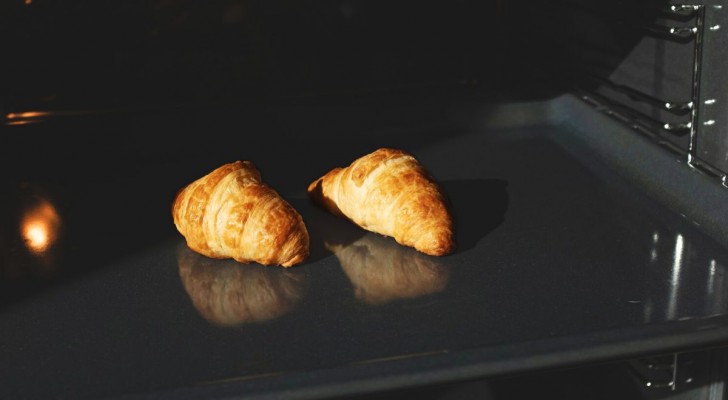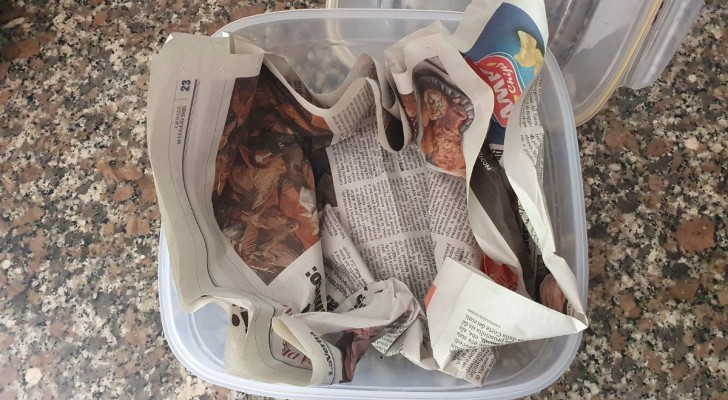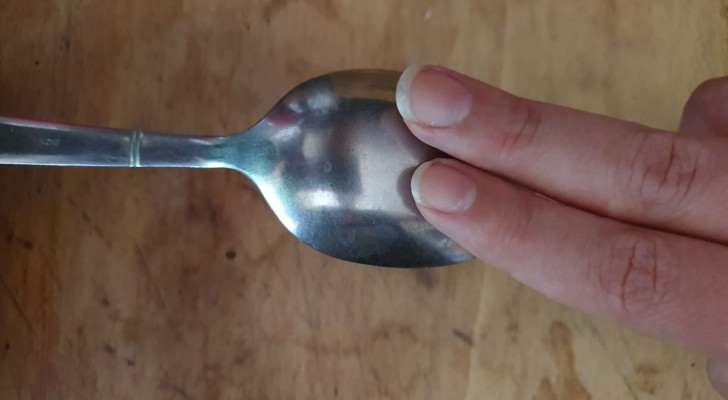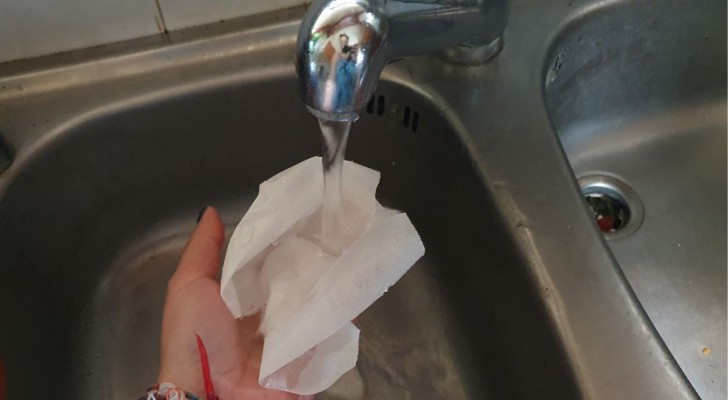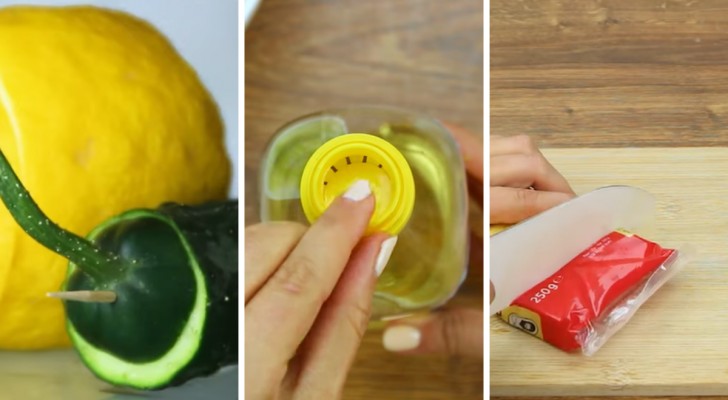Dirt-encrusted griddle? Discover how to clean it effectively without damaging it
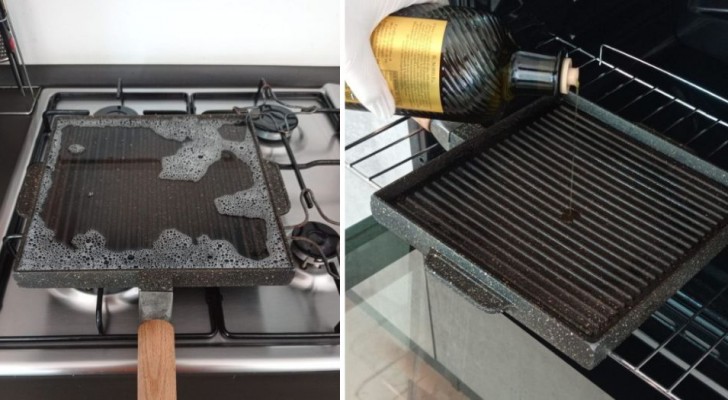
Few things satisfy the palate like a barbecue - better still, if consumed in good company. And if the weather does not permit cooking outside, you can use the griddle on the stove. A nice steak, vegetables and toasted sandwiches have a completely different flavor when cooked on a griddle. But unfortunately, our griddles get dirty easily. When it comes time to wash the dishes, we cannot use the dishwasher to clean our griddle.
So how can we deal with this problem? Our grandmothers can help us out with some home-grown remedies. Let's see what they are:
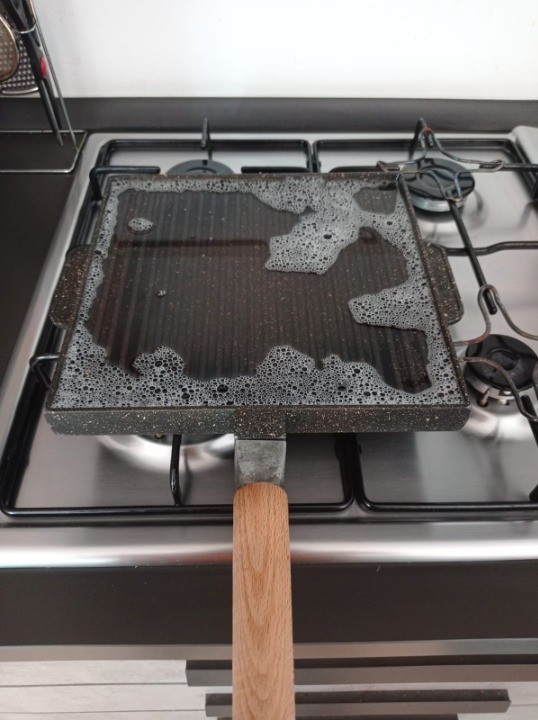
Creativo
Whether it is a solid and heavy, cast iron griddle or a more manageable non-stick one, we should first remove excess, liquid fat by emptying the drippings into a glass jar, to be disposed of correctly in the separate collection. The cooked-on incrustations can then be treated with different methods:
- Water: when the griddle is cold, add some water and put it back on the heat. The water heated in this way will help soften the encrustations and make them easier to remove them with a regular washing with dish soap and a sponge. Alternatively, you can soak the encrusted griddle in a basin of hot water for a few hours before washing it.
- Baking soda: you can sprinkle the still warm surface with baking soda and rub it in with a potato cut in half; alternatively, if the plate is already cold, mix the baking soda with a little water and sprinkle it on the grill, leaving it to act for a few hours.
- Lemon juice and salt: mix the two ingredients and sprinkle them on the griddle leaving them to dry. Then remove them with plenty of hot water, being careful not to rub too vigorosly, as the salt could scratch the surface.
- White vinegar: white vinegar is amongst the most used remedy to remove encrustations. Just fill the griddle with very hot water and half a glass of white vinegar and leave it to act for a few hours before washing it.
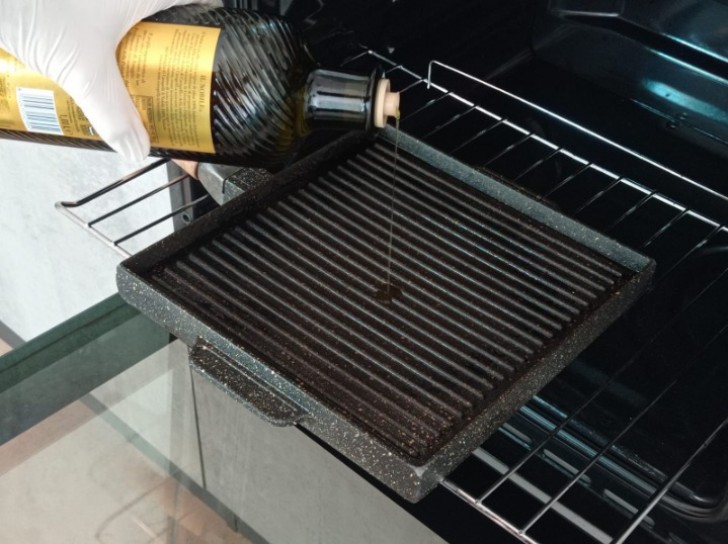
Creativo
If after washing, you want to restore a non-stick film to the griddle, heat it on the stove and sprinkle it with oil. Spread out the oil with the help of a cotton ball. If the griddle has plastic parts, heat it on the stove until the oil reaches its smoking point; if, on the other hand, there are no plastic parts, place the grill pan in the oven at 150 degrees for about an hour. In both cases, wait for the pan to cool down again before removing excess oil with absorbent paper towel.
Now you are really ready for your delicious indoor barbecue!

